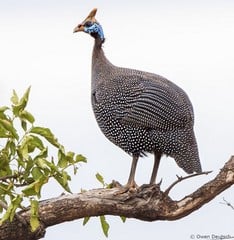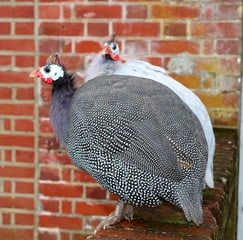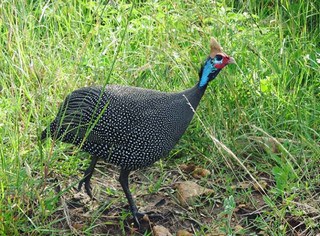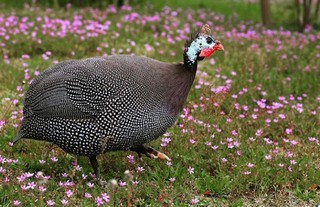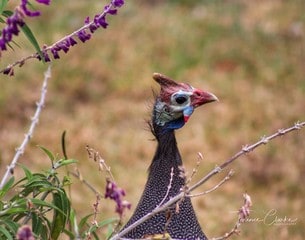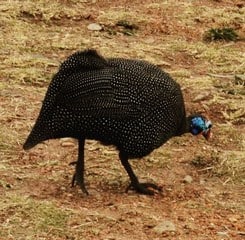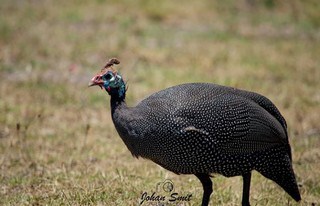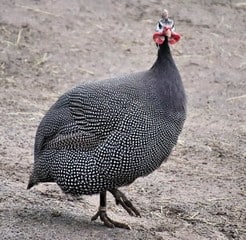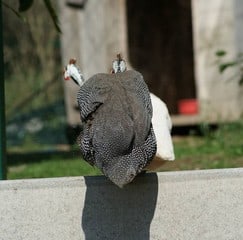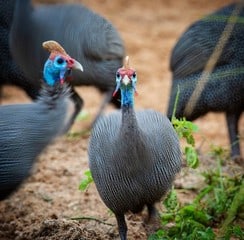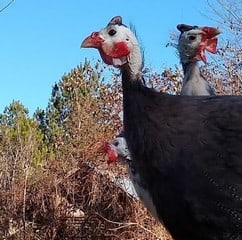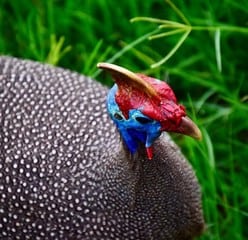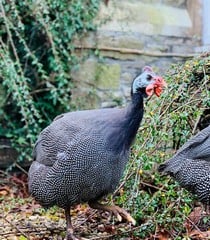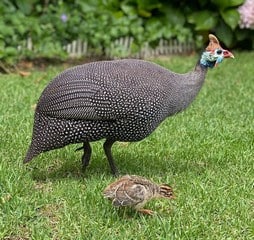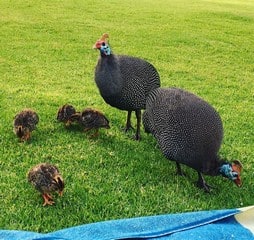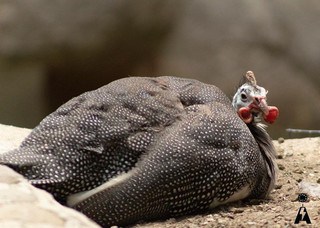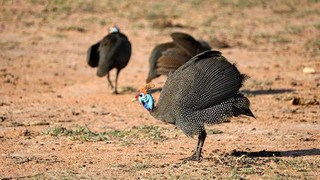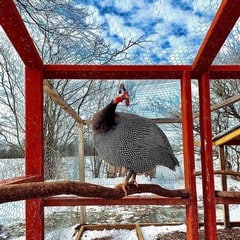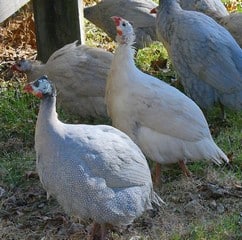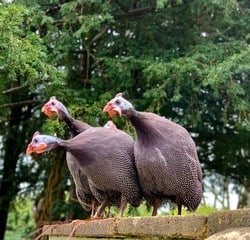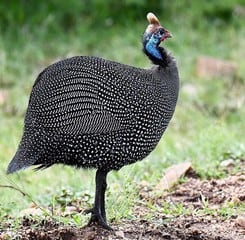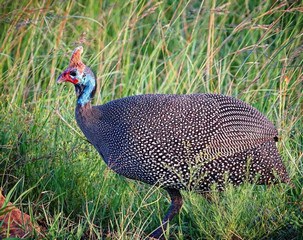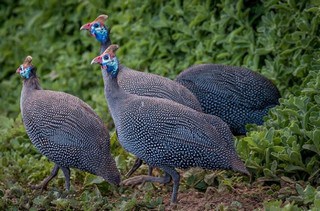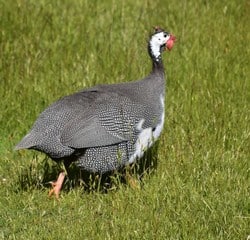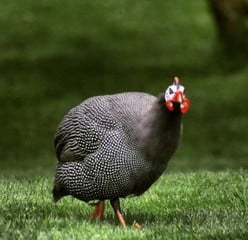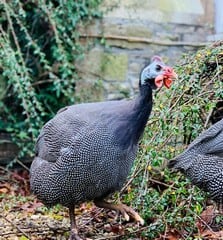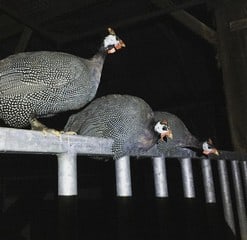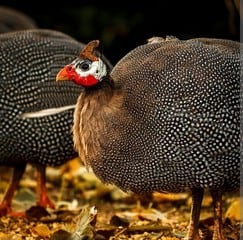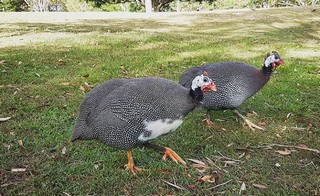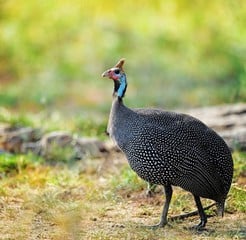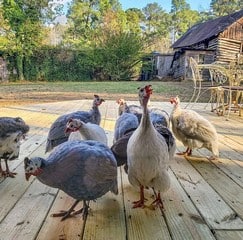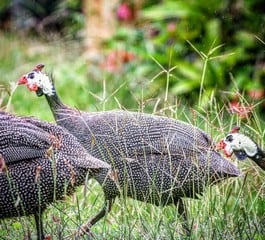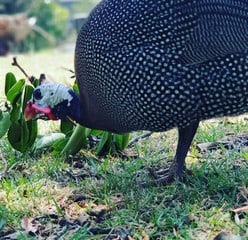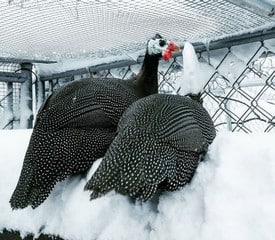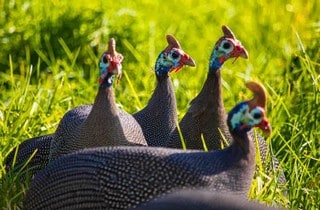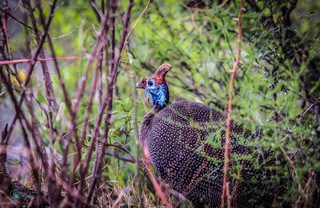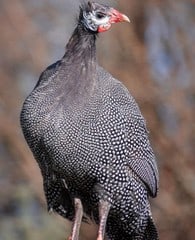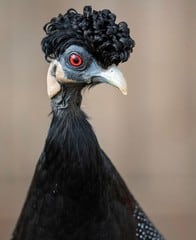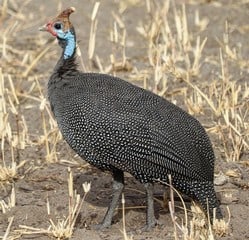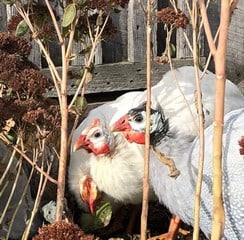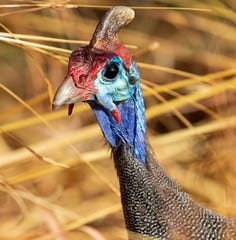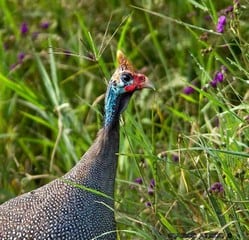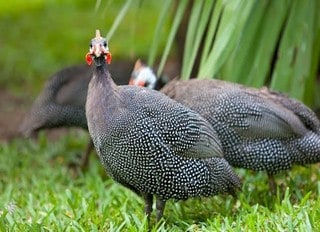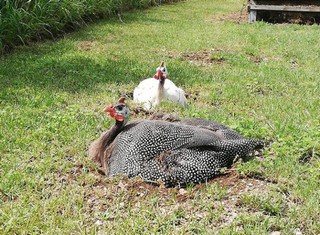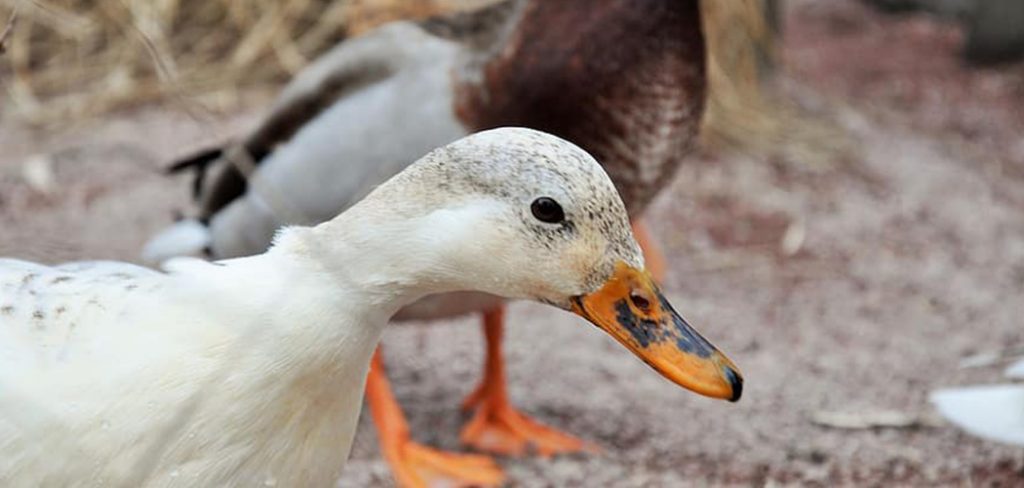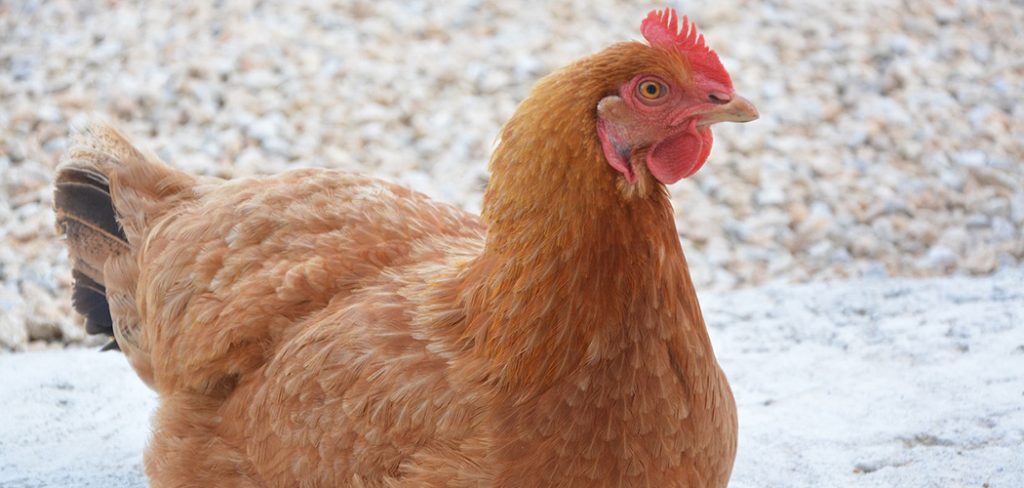Guinea fowls are medium-sized poultry birds that belong to the family Numididae and the order Galliformes. They are relatives of turkeys, chickens, quails and pheasants among others. The most popular species of guinea fowls are the helmeted guinea fowl and they can be found all over the world.
They are peculiar looking birds and never fail to leave a mark wherever they are found due to their strange appearance. Although close relatives of the domestic chicken, their characteristics and behaviours are totally different.
In today’s article, we are going to examine the origins of the guinea fowl, its characteristics and physical appearance, temperament, health issues and diet.
Origin of the Guinea Fowl
As deduced from its name, the domesticated guinea fowl originated from a species of wild birds located on the Guinea Coast of West Africa. Guinea fowls were introduced to Europe during the late fifteenth century by colonists, Great Britain, and from there, they spread to all parts of the world.
It is believed that an earlier breed of guinea fowl had been domesticated by the ancient Egyptians, Greeks and Roman, but these later became extinct.
Physical Appearance
The guinea fowl is a strange looking bird, mainly due to its queer looking head and round body. A fully grown guinea fowl is about the size of a large chicken and it can grow up to weights of around 4lb.
There are no feathers on the neck and head of the Guinea fowl, but the rest of the body is covered in black or dark grey feathers with white dots. This adaptation helps the guinea regulate its body temperature. Its skin is a shade of the colors blue, black and red.
Male Guinea fowls generally have larger wattles than the females. However, they both have short, thick legs with powerful claws and short tails.
Characteristics of the Guinea fowl
Guinea fowls are quite capable of flight, but they spend most of their time searching for bugs and insects on the ground. They also prefer to run, rather than fly when they are being chased.
Guineas are quite a noisy bunch and will spend a greater part of the day chattering meaninglessly, hence they are difficult to raise in residential areas. They are most active early in the morning and late in the afternoon.
They are monogamous birds and couples stick together for a lifetime.
Temperament
Guinea fowls are strongly independent birds and prove quite difficult to socialize. Sure, a guinea fowl will eat your food and sleep in your coop, but it’ll never be your best friend.
Male guinea fowls tend to be aggressive and domineering, particularly towards domestic chicken, hence proper care should be taken when raising them together.
Egg-laying abilities
On average, a female guinea fowl will produce much lesser eggs than the best egg laying chicken, 100 eggs per year. The eggs are usually light brown, sometimes speckled and the shells are three times tougher than those of a chicken.
Health issues
Guinea fowls are really strong birds and have almost no health issues to speak about. They are quite capable of surviving on their own in the wild for up to twenty years.
Diet
Guinea fowls feed on insects, bugs, small rodents and even snakes. They are foragers, hence they prefer to source their own food.
Domesticated guinea fowl chicks need a very high protein feed till they are about 5 weeks old. The quantity of protein in their feed can then be reduced gradually till they are all grown. Their feed should be in mash or crumbles as they don’t eat pellets.
Keep scrolling to see some more images of these stunning birds
Check my other post on raising quails.
